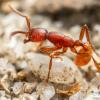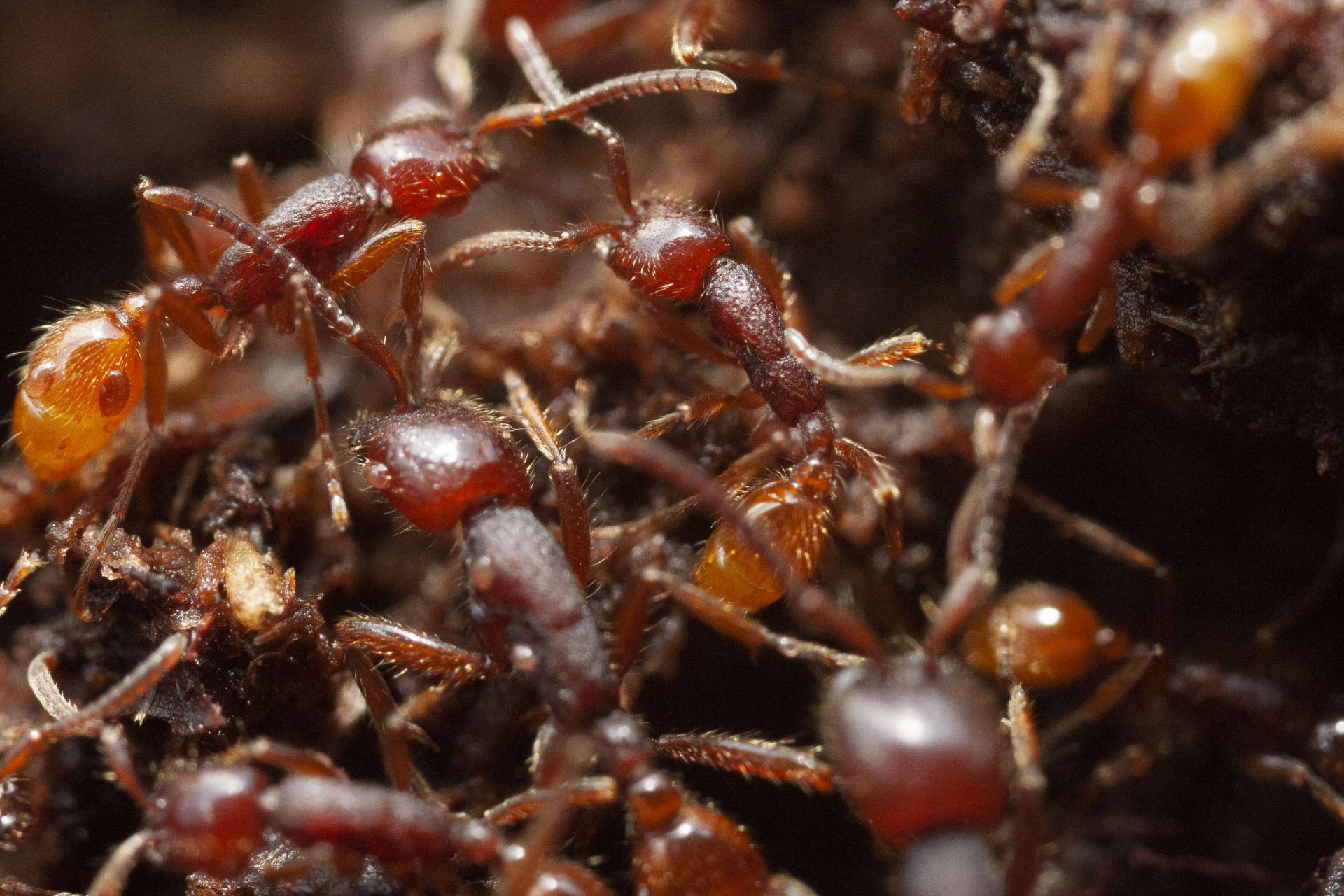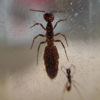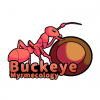Agreed bad parrallel. My point point was more on the impact of there surroundings. Tapinoma at least The ones I witness here in Arkansas are very oppertunistic about Nesting sites and are more of a scavenger and They don't appear to affect anything at least not in a detrimental way. In other words there presence or lack there of does not constitute any major change in the surrounding area. And if I interpreted what You said correctly, Neivamyrmex at least the Species I have witnessed (Opacithorax and Nigrescens) don't appear much different in that account. Basically I don't think They are a Keystone Species. They are Important and do Play a roll. But where I am at. They ecosystems that They are absent from don't appear to be in distress.
I hope I conveyed My point correctly.
I am not trying to be rude or opposing in anyway. Just spreading My knowledgeLets make this really plain and simple. Just because you don't see what you deem to be "major" or significant impact does not mean that it is not occurring, all that means is that we lack the understanding to recognize it. So much of the habitat in the state where Mother Nature Goes To Die is so degraded and fragmented that many normal behaviors of Neivamyrmex and other species are likely to be out of whack anyway. However I can not argue that Tapinoma, like the human inhabitants there are very opportunistic and will set up house keeping pretty much anywhere they see fit. Tapinoma are very good at excluding other species from resources and nesting sites, there are few species which can even remotely compete with them in such disturbed habitats. Like Linepithema on the west coast, Tapinoma is a major pest species in Arkansux.
Think "Facultative Invasive Species Complex"
Good point, I have always been the first to admit that Tapinoma is almost certainly a complex.
Gordon, do you have a chart or data of Neivamyrmex sp with regards of life cycle time frames i.e., days from laying to hatching, larval period duration till pupation, pupation to eclosion?



















